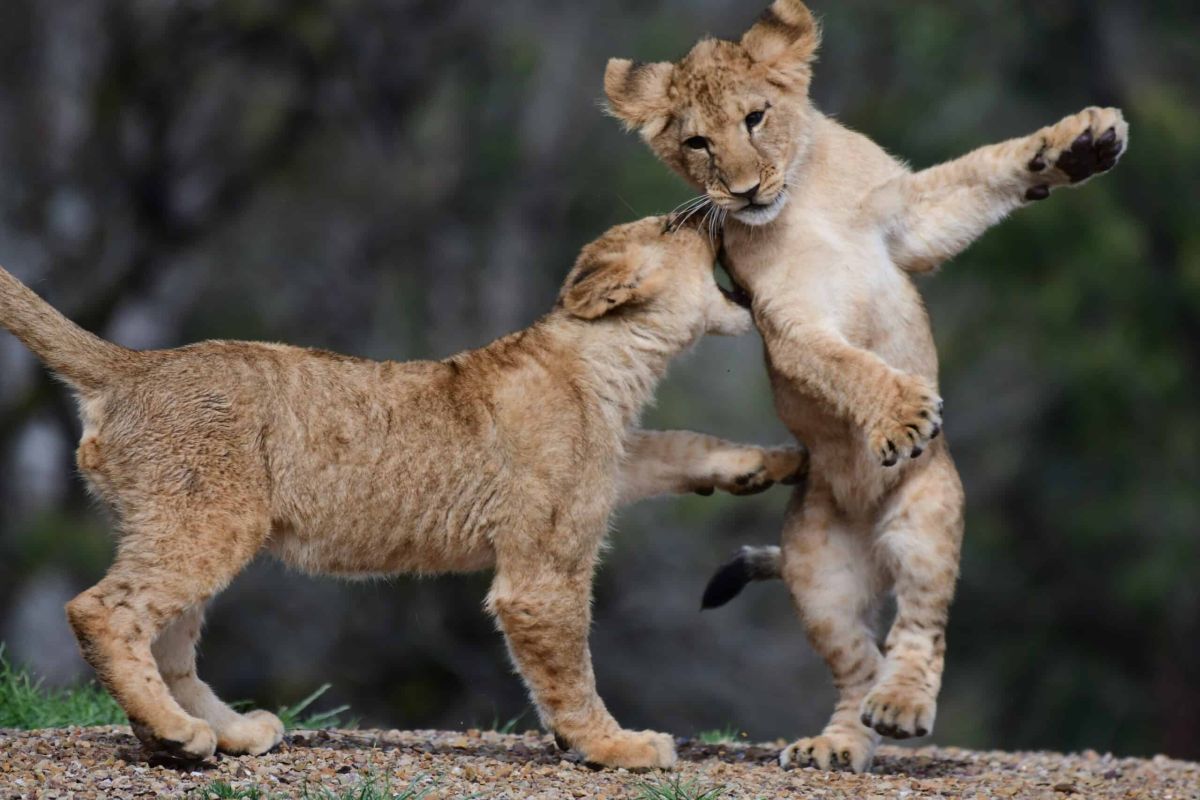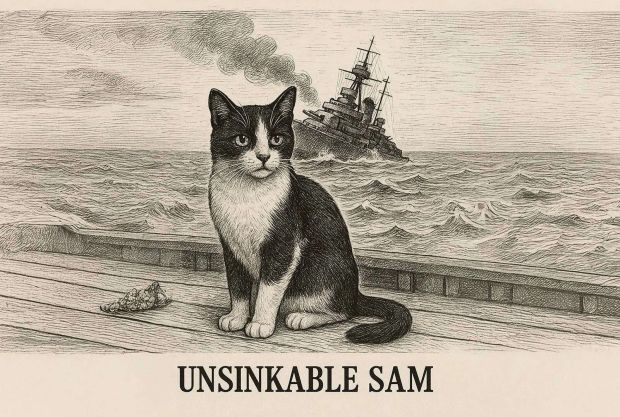Do Big Cats Like to Play? Understanding the Fun Side of Felines

When we think of big cats, such as lions, tigers, leopards, and cheetahs, the first images that often come to mind are of powerful predators prowling through their habitats, showcasing their strength and agility as they hunt for prey. However, what may surprise many is that these majestic creatures also possess a playful side. Just like our domesticated house cats, big cats engage in play, lending a fascinating insight into their behavior, cognition, and social structures.
The Nature of Play
Play is a vital behavior observed in many species across the animal kingdom, serving to improve physical skills, develop social bonds, and enhance cognitive abilities. For big cats, play often mimics hunting behaviors. This is especially crucial for younger individuals, as play helps them hone their skills for survival. Kittens learn to stalk, pounce, and wrestle, which are essential behaviors they will rely on later in life.
Research suggests that play in big cats occurs in various forms, from solitary activities to social interactions. Whether they’re swatting at leaves, chasing one another, or engaging in playful wrestling, these activities contribute to both physical and emotional well-being. Play behavior is not only critical in nurturing young cubs but also plays a role in maintaining the health and social structures of adult big cats.
Social Play Among Big Cats
Many big cats, such as lions, are inherently social animals that exhibit playful behavior within their prides. Lion cubs are often seen wrestling and engaging in mock fights with their siblings, which helps strengthen their bonds and establish hierarchies within the pride. These playful interactions also serve to improve their coordination and strength, essential attributes needed for maturity and survival.
On the other hand, solitary big cats like tigers and leopards also demonstrate playful behavior, albeit more independently. A tiger might be observed engaging with a ball or a leafy branch, showcasing its impressive agility and strength. These playful habits are crucial not only for physical development but also for mental stimulation. In captivity, enriched habitats that encourage play can help reduce stress and enhance the overall quality of life for these magnificent animals.
Playful Behavior in Captivity
In captivity, zookeepers and wildlife sanctuaries often employ various strategies to encourage play among big cats. Enrichment activities, such as providing toys, climbing structures, and diverse food presentations, promote natural behaviors and stimulate the cats’ instincts. For example, a simple enrichment tool like a rope or a hanging piece of meat can become a coveted target for a tiger as it exercises its natural hunting skills.
Moreover, these playful behaviors are not just a reflection of individual personality; they can vary widely among species and regions. For instance, cheetahs, known for their incredible speed, often engage in playful chases, which helps them practice their incredible sprint abilities that will be crucial during hunts.
The Importance of Play for Conservation
Understanding the role of play in big cats is essential for conservation efforts as well. Ensuring that these animals have opportunities for play and social interaction in captivity can significantly impact their physical health and mental well-being. Additionally, conservationists often use knowledge about play behavior to develop programs that mimic the natural habitat, thereby assisting in successful breeding programs and rehabilitation efforts for endangered species.
Play is a critical component of the lives of big cats, reflecting their intelligence, social structures, and adaptability. Whether they’re stalking prey, wrestling with siblings, or batting at a leaf, big cats exhibit a delightful and enriching dimension to their lives that is just as crucial as their role as apex predators in the wild. Recognizing the playful nature of these magnificent creatures not only enhances our understanding of them but also emphasizes the need for continued conservation efforts to protect their habitats and ensure their survival. And its always fun to watch no matter the size of cat involved!



